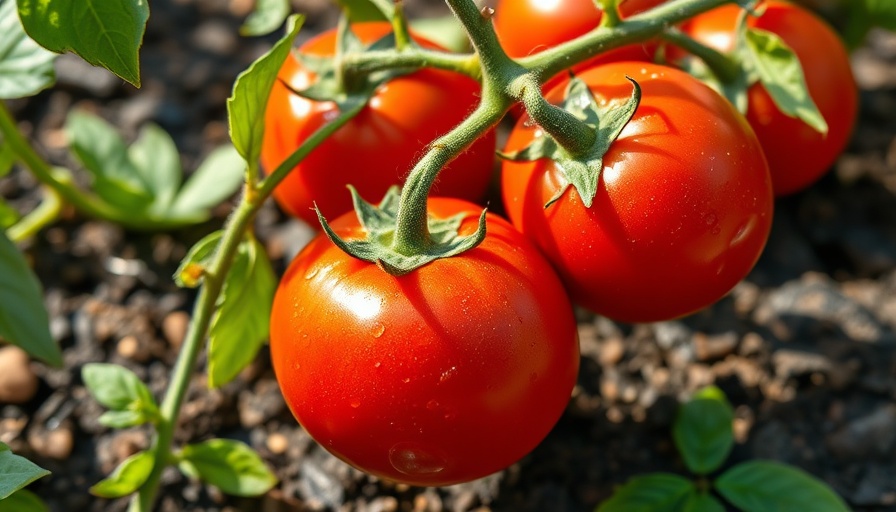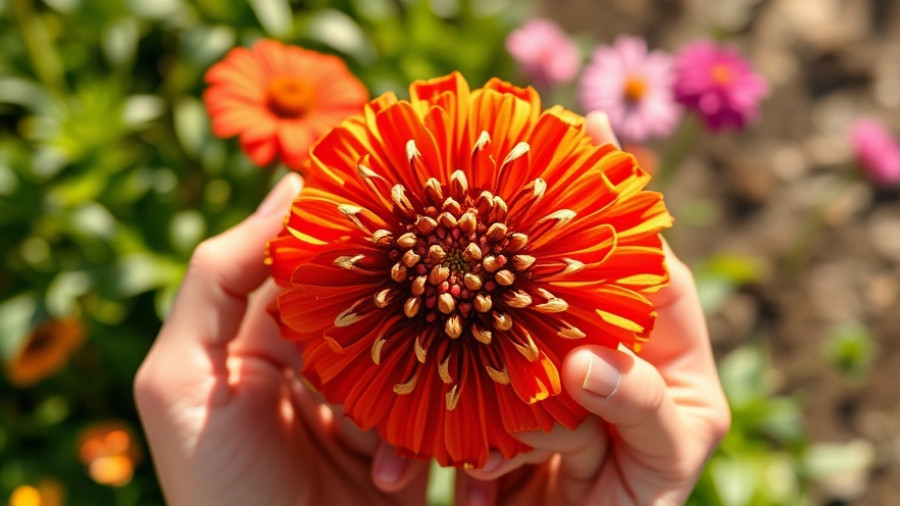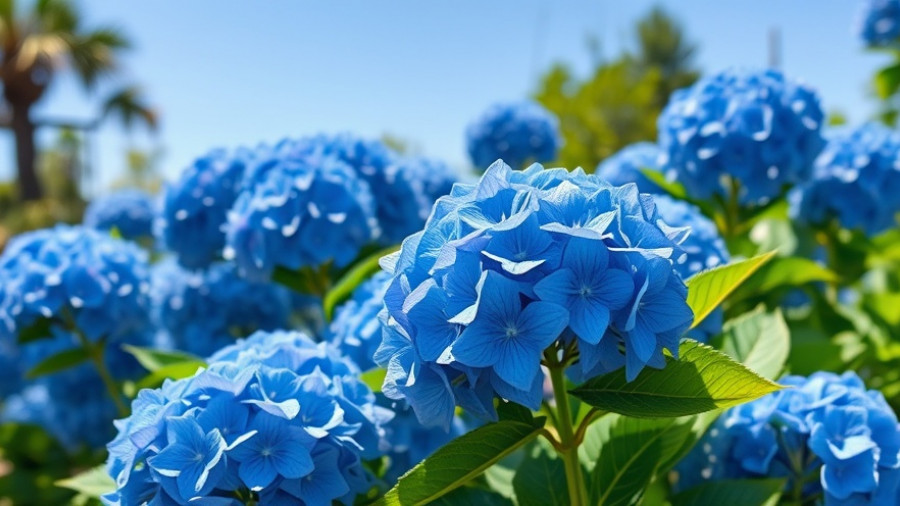
Tomatoes: The Crown Jewel of Summer Gardens
There's something truly magical about growing tomatoes in your backyard. For many, these vibrant fruits represent the essence of summer, offering flavor that cannot be rivaled by store-bought varieties. However, gardening enthusiasts living in hot and humid climates often face unique challenges when it comes to nurturing these beloved plants. With the risk of blossom drop, disease pressure, and stagnant airflow, summertime can feel daunting. Yet, with a little knowledge and strategic planning, successful tomato cultivation is within reach!
Understanding the Temperature & Humidity Factors
Tomatoes thrive in warmth but can become temperamental when faced with excessive heat and humidity. When temperatures soar above 85°F (29°C), especially during nights hovering above 70°F (21°C), the likelihood of blossom drop increases, meaning fewer fruits. This challenge was once confined mainly to the southern regions of the United States, but as climate change reshapes our weather patterns, gardeners everywhere are grappling with this issue.
1. Timing is Everything: Early Planting
One of the best strategies to combat the negative effects of humidity during the growing season is to plant tomatoes early. Consider starting your transplants in early May. This timing allows the plants to take root before the oppressive heat kicks in. Alternatively, gardeners could also choose to replant during late July or early August. This late season strategy takes advantage of cooler nights and the potential for a healthy second harvest—minus the diseases that plagued earlier crops.
2. The Importance of Trellising
Proper trellising is pivotal for tomato plants, particularly in hot, humid climates. Elevating the plants not only makes harvesting more accessible but also significantly improves air circulation. Good airflow helps to prevent moisture accumulation on the leaves, reducing the likelihood of fungal diseases that flourish in humidity. Creating a sturdy trellis is an investment in your plants’ health, so take the time to implement this vital gardening practice!
3. Effective Watering Strategies
Watering may seem straightforward, but in hot and humid conditions, it requires strategic planning. The goal is to keep the soil consistently moist without overwhelming the plants. Use drip irrigation systems or soaker hoses to ensure even distribution of water directly to the roots while minimizing evaporation. Watering in the morning allows plants to absorb moisture before the heat of the day causes rapid evaporation.
4. Embrace Companion Planting
Companion planting can be a game-changer. Certain plants, like marigolds, can deter pests, while herbs like basil can boost the health of tomato plants. Planting flowers among your tomatoes not only looks beautiful but can also attract beneficial insects that help with pollination and pest management. With a bountiful garden, the benefits extend beyond just tomatoes.
5. Protect and Cover
When faced with extreme weather, utilizing row covers or shade cloth can provide much-needed protection. These coverings shield young transplants from scorching afternoons while allowing sunlight to filter through. Similarly, employing mulch around the base of your tomato plants can conserve soil moisture, keep the roots cool, and reduce weed competition.
6. Fertilization Focus: Understanding Your Soil
To maintain healthy, productive plants, it's essential to consider soil health. Testing your soil before planting can guide you in choosing the right fertilizers for your tomatoes. Opting for organic options like compost or well-rotted manure not only nourishes the plants but also contributes to the overall health of your garden’s ecosystem.
7. Pest Management: Keeping the Garden Healthy
In humid environments, pests can become particularly problematic. Regularly checking for signs of aphids, hornworms, and whiteflies can help you catch infestations early. Employing integrated pest management (IPM) techniques, such as using natural predators or organic sprays, can keep your crop thriving without harsh chemicals.
Conclusion: Embracing Your Gardening Journey
With thoughtful planning and proactive gardening techniques, growing tomatoes in hot and humid conditions can be successful and fulfilling. Together, let's make our gardens thrive, ensuring delicious, homegrown tomatoes find their way to our tables. Don't wait to implement these tips to revolutionize your gardening experience and share the joy of homegrown produce with family and friends!
Think your garden needs a makeover? Explore innovative backyard makeover ideas, incorporate different outdoor kitchen designs, or check out our seasonal planting guide for planning your next garden adventure!
 Add Row
Add Row  Add
Add 




Write A Comment